There are two different ways to measure the expansion rate of the Universe, and they don’t agree. And no, new measurements don’t help.
Category: space – Page 132
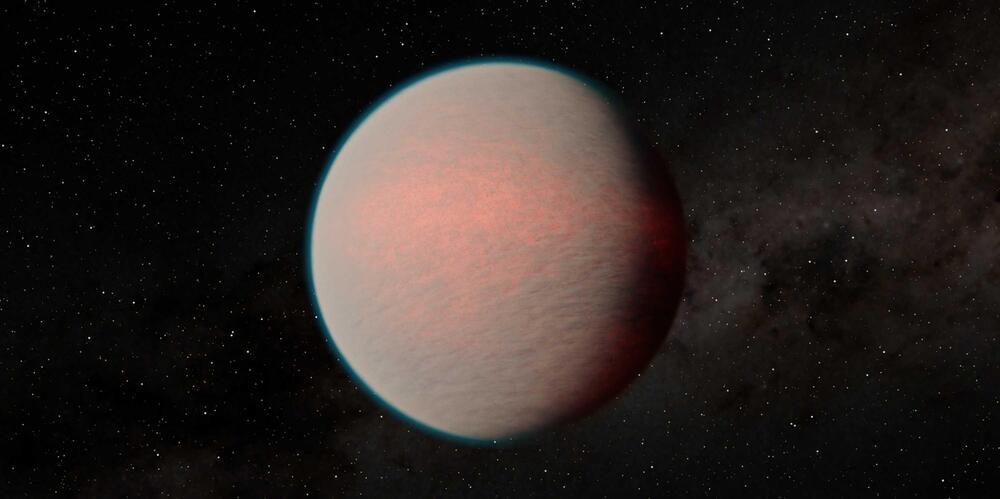
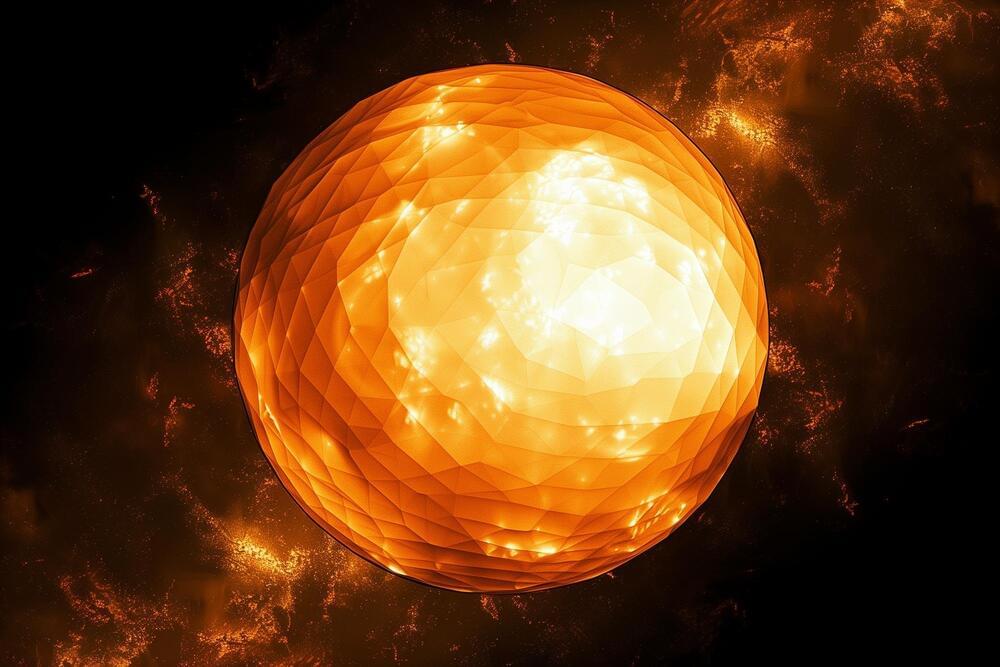
Polaris’ Hidden Details: New Observations Reveal the North Star’s Spotted Surface
Using the CHARA Array at Georgia State University, researchers have unveiled new insights into Polaris, the North Star.
Known for its role in navigation and as the brightest in a triple-star system, Polaris has now been observed in greater detail, revealing its size to be 46 times that of the Sun and showcasing large surface spots. These findings are crucial for using Cepheids as cosmic yardsticks, aiding in the measurement of cosmic distances and the expansion of the universe.
Researchers using Georgia State University’s Center for High Angular Resolution Astronomy (CHARA) Array have identified new details about the size and appearance of the North Star, also known as Polaris. The new research was published on August 20 in The Astrophysical Journal.
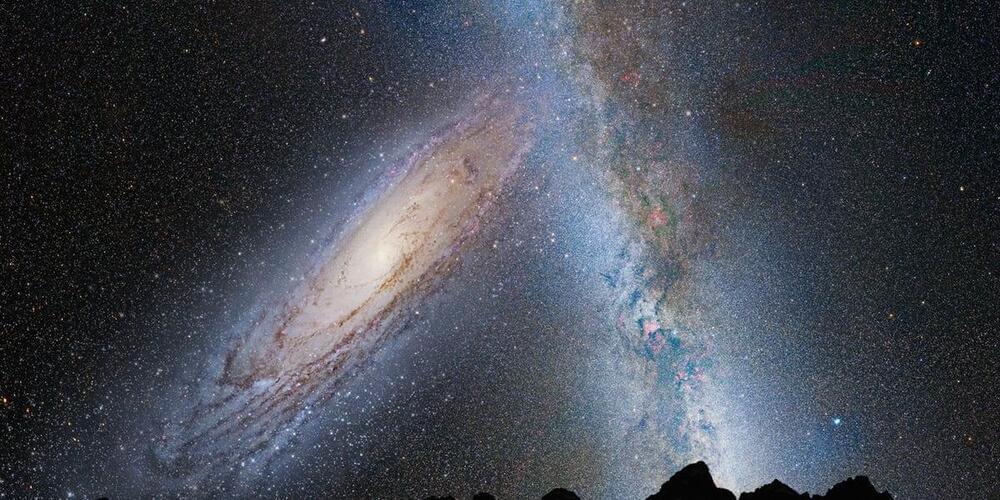
The Wow Signal Potentially Explained … and it’s Weird
An exploration of new work done at Arecibo regarding the infamous Wow! Signal of 1977 that seems to account for all aspects of the observed signal but turned out to be a very strange natural event that isn’t likely to repeat often that is analogous to a lightning flash in a hydrogen cloud in interstellar space.
My Patreon Page:
/ johnmichaelgodier.
My Event Horizon Channel:
/ eventhorizonshow.
Links:

From the Dawn of Time: Astronomers Discover Six Ancient Galaxies With Unprecedented Gas Masses
Researchers using China’s FAST telescope have uncovered six distant galaxies rich in hydrogen and star-forming potential, significantly advancing our understanding of the early universe.
Dr. Hongwei Xi from the National Astronomical Observatories of the Chinese Academy of Sciences (NAOC) and his team have discovered the characteristics of six newly identified high-redshift galaxies. This discovery was made using the Five-hundred-meter Aperture Spherical radio Telescope (FAST) located in Guizhou Province, China. Their findings were published in The Astrophysical Journal Letters.
These remarkable galaxies, whose radio wave emissions have taken almost the age of the solar system to reach us, contain amounts of atomic hydrogen gas that are more than that of the tens of thousands of galaxies previously surveyed in the local universe using other radio telescopes.
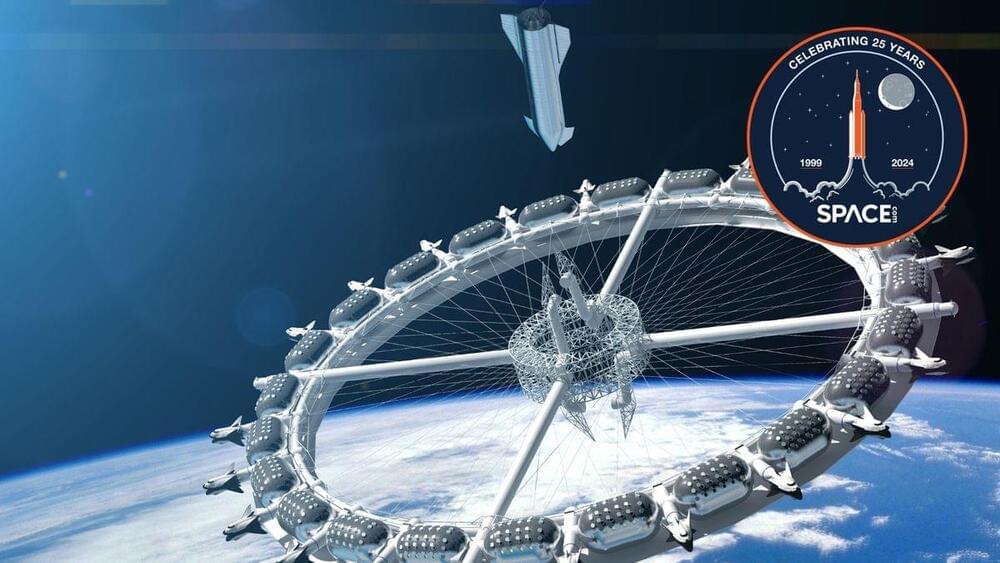

Houston now has its first grid-scale battery storage facility
Jupiter Power, an Austin-based energy developer, owns and operates the project at Hiram Clarke Road and U.S. 90 at the site of the former H.O. Clarke gas-fired power plant. It’s a 200-megawatt facility, enough to power 50,000 Texas homes during the hottest summer days, with the ability to discharge power at maximum capacity for two hours.
On any given day, the Houston area must import about 60% of its needed electricity from other parts of the state where power plants are more plentiful. This often results in a phenomenon known as congestion: Low-cost electrons are clogged on power lines into Houston much like commuters on the highway during rush hour, which raises the wholesale cost of electricity in the region. These wholesale price spikes are initially paid by retail electric providers and can eventually be passed onto consumers.
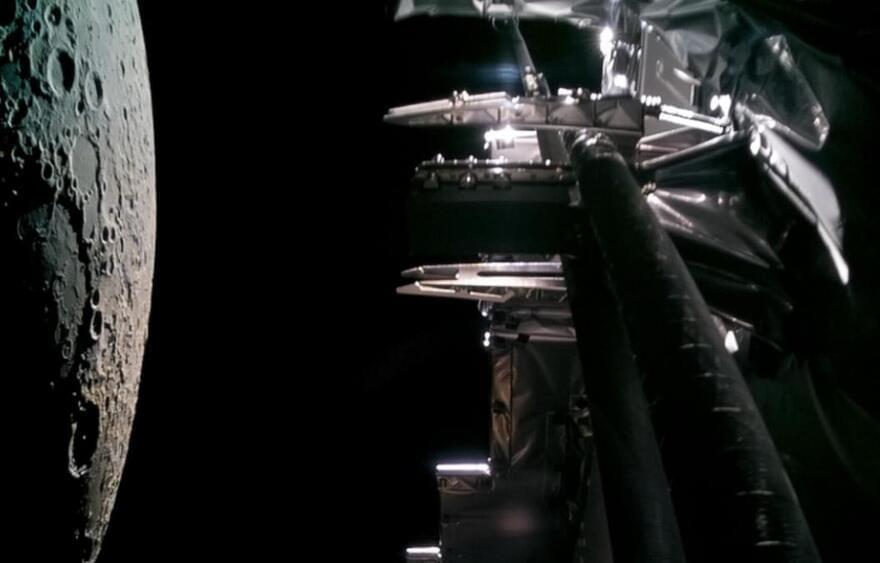
Spacecraft zooms by the moon, captures sci-fi footage
A spacecraft just sped between Earth and the moon, en route to the deep solar system.
And as it zipped by the cratered lunar orb on Aug. 19, the European Space Agency’s Juice mission snapped views of the 21st-century space scene.
“Sometimes the journey is just as worthy as the destination,” ESA director Josef Aschbacher posted online. “As humankind embarked on the monumental first lunar-Earth flyby, @ESA’s Jupiter Icy Moons Explorer (Juice) mission captured a breathtaking glimpse of our natural satellite.”
Juice rerouted to Venus in world’s first lunar-Earth flyby
ESA’s Jupiter Icy Moons Explorer (Juice) has successfully completed a world-first lunar-Earth flyby, using the gravity of Earth to send it Venus-bound, on a shortcut to Jupiter through the inner Solar System.
The closest approach to the Moon was at 23:15 CEST (21:15 UTC) on 19 August, guiding Juice towards a closest approach to Earth just over 24 hours later at 23:56 CEST (21:56 UTC) on 20 August.
As Juice flew just 6,840 km above Southeast Asia and the Pacific Ocean, it snapped a series of images with its onboard monitoring cameras, and collected scientific data with eight of its ten instruments.